In the realm of Finite Element Analysis (FEM) software, various analysis types serve distinct purposes in assessing structural behavior and system responses. Two primary categories of analysis are static analysis and dynamic analysis. Here is an overview of both analysis types.
1. Static Analysis
Static analysis is utilized to study structures and systems under steady-state conditions, primarily focusing on equilibrium. Key characteristics of static analysis include:
- Steady Loading: In static analysis, the applied loads remain constant over time. This analysis type is suitable for assessing the response of structures to static forces like gravity, applied forces, and boundary conditions.
- Equilibrium: The primary goal is to determine the distribution of displacements, stresses, and strains throughout the structure at a specific moment when the applied loads are in balance with the internal forces within the system.
- Linear vs. Nonlinear: Static analysis can be linear or nonlinear. Linear static analysis assumes that material behavior remains elastic, while nonlinear static analysis accounts for material and geometric nonlinearity.
2. Dynamic Analysis
Dynamic analysis, on the other hand, examines the response of structures and systems to time-varying loads or transient conditions. Key aspects of dynamic analysis include:
- Time-Varying Loads: Dynamic analysis considers forces, displacements, and boundary conditions that change with time. These loads can be in the form of impulsive forces, vibrations, or any transient phenomena.
- Response Over Time: Unlike static analysis, dynamic analysis provides insights into how the structure's response evolves over time. It assesses factors such as natural frequencies, mode shapes, and dynamic amplification.
- Linear and Nonlinear Dynamics: Dynamic analysis can be linear or nonlinear, depending on the behavior of the materials and the magnitude of deformations involved. Nonlinear dynamic analysis is particularly useful for studying structures subjected to extreme loading conditions.
In conclusion, FEM software offers the capability to perform both static and dynamic analyses, allowing engineers and analysts to comprehensively evaluate structural performance under various conditions. While static analysis focuses on equilibrium and steady-state conditions, dynamic analysis delves into the time-dependent behavior of structures exposed to changing forces. These two analysis types collectively provide valuable insights for engineering design, safety assessments, and optimization of structures and systems.


.png?mw=350&hash=c6c25b135ffd26af9cd48d77813d2ba5853f936c)















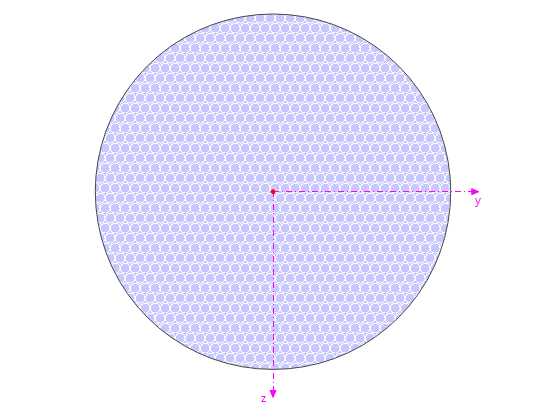
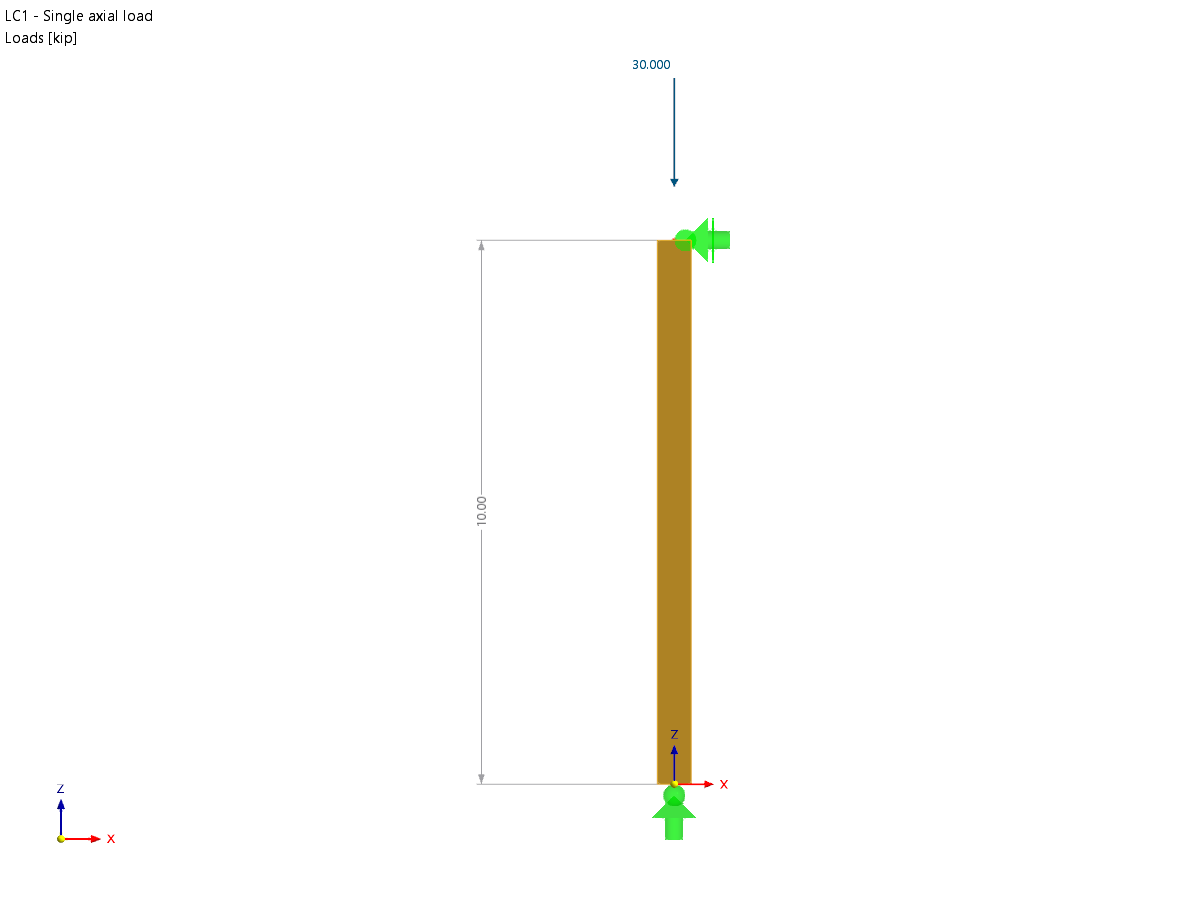

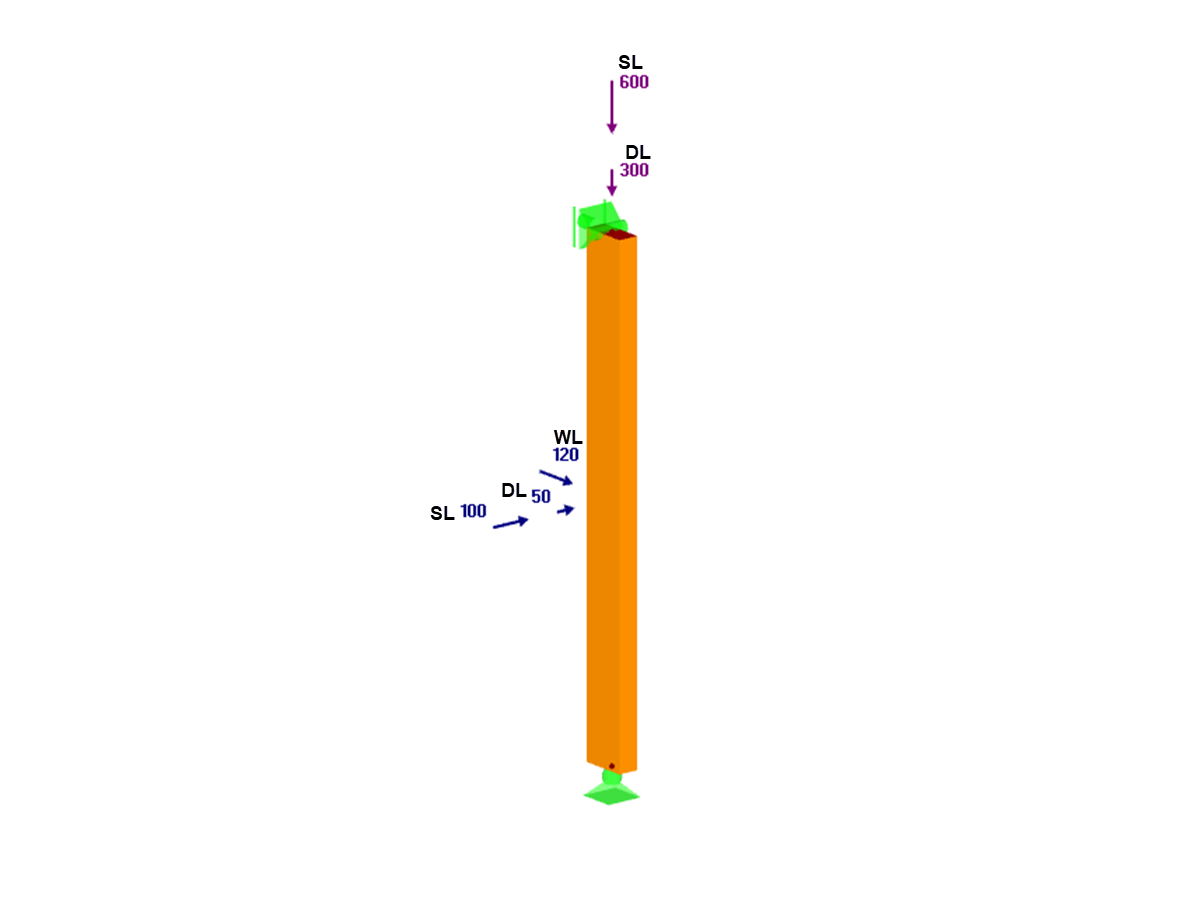










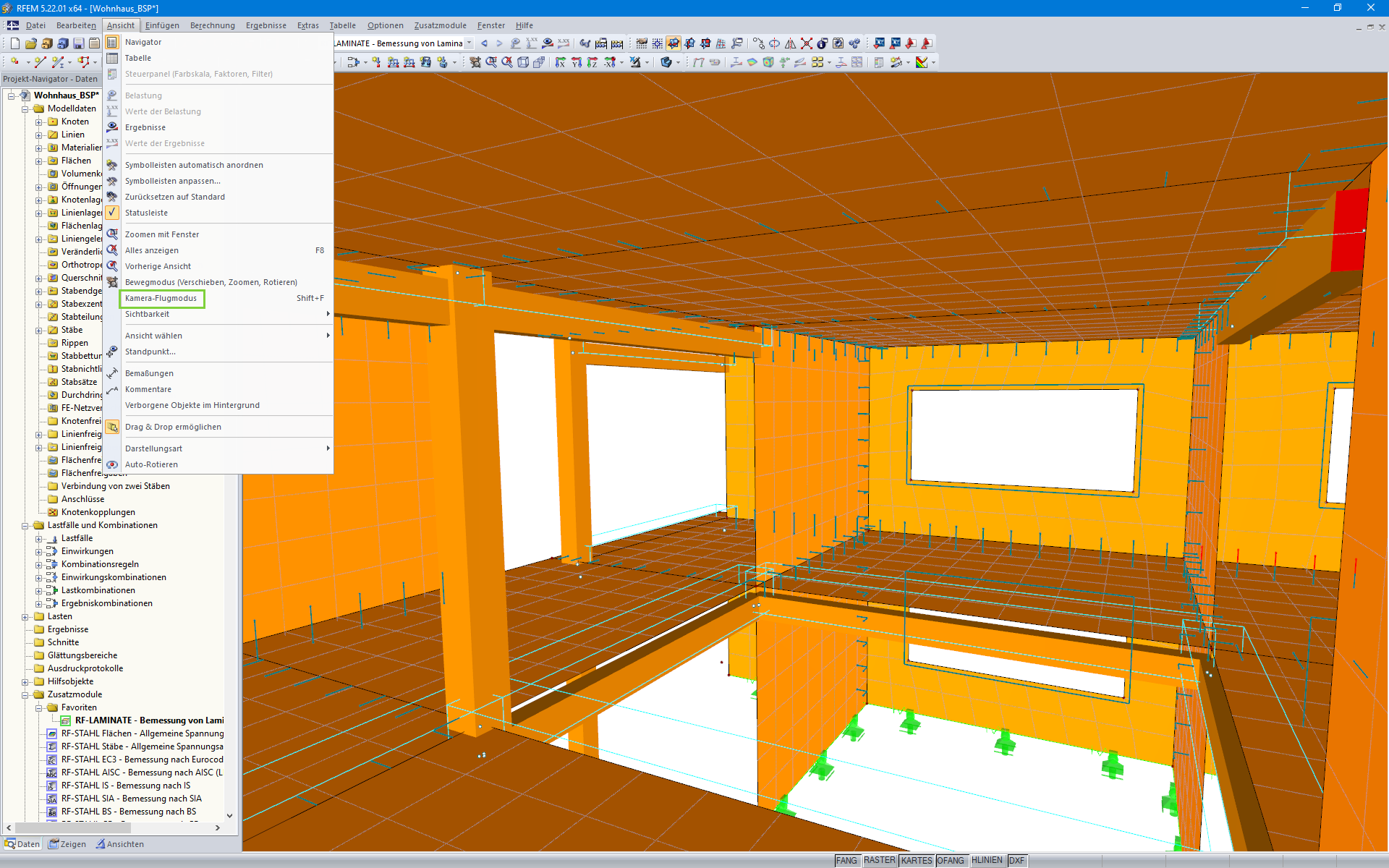
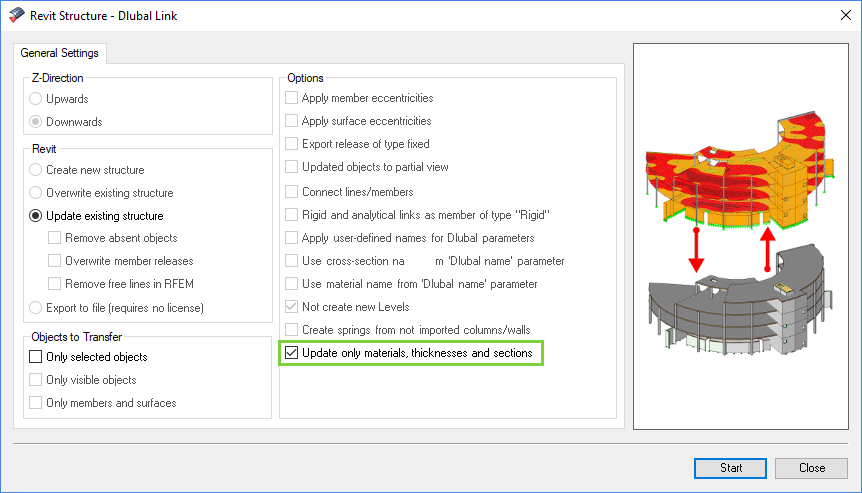
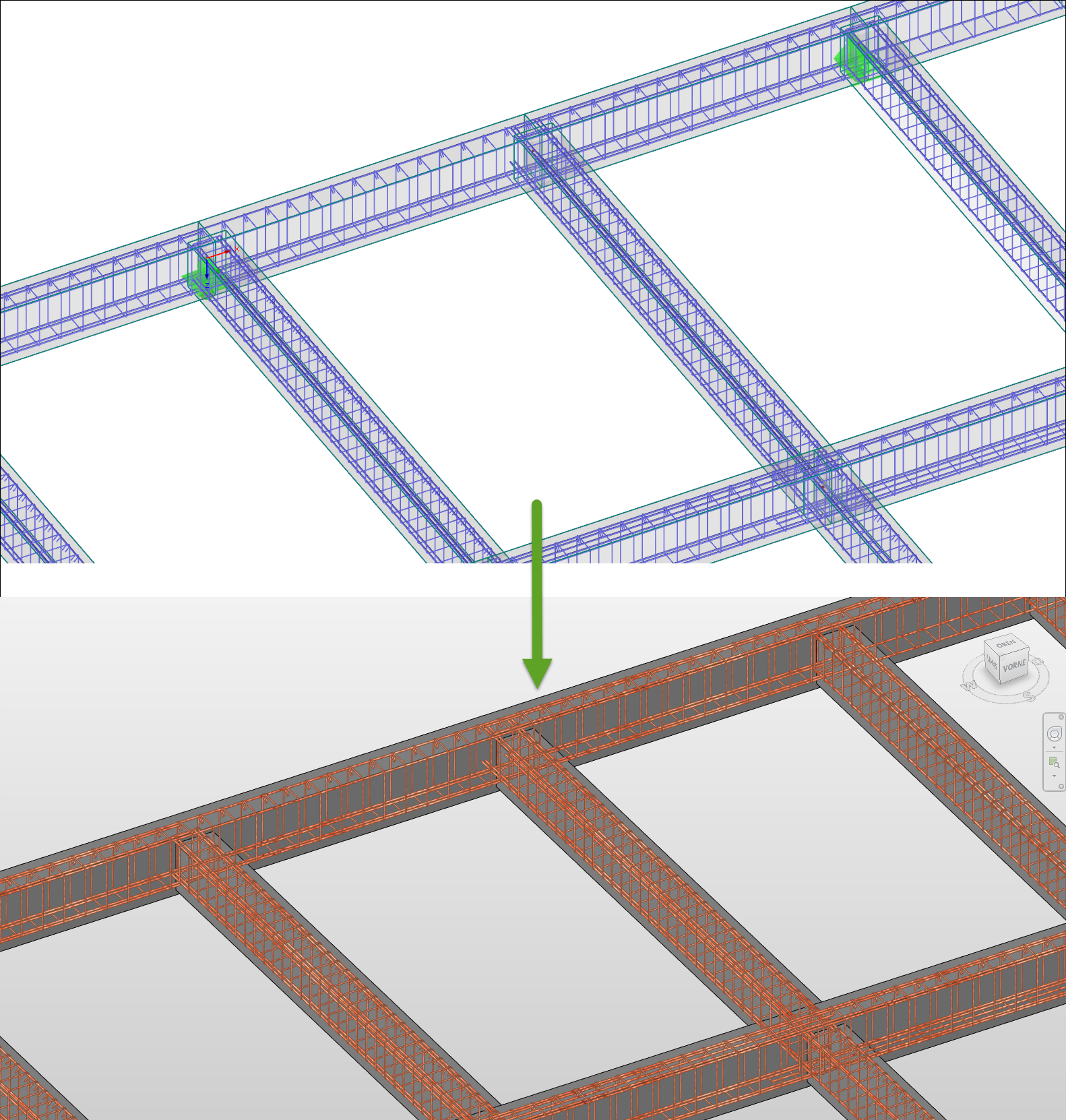








_1.jpg?mw=350&hash=ab2086621f4e50c8c8fb8f3c211a22bc246e0552)